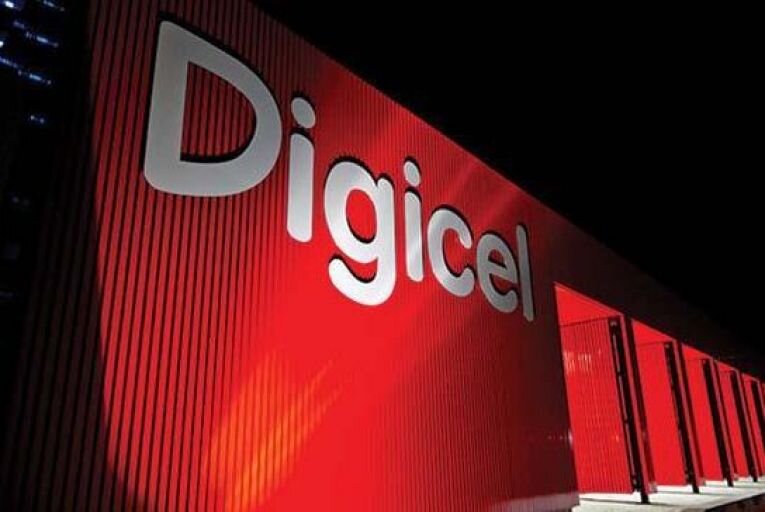In late February, Denis O’Brien held forth a virtual event organised by the Dublin Business and Economics Society in Trinity College Dublin. The telecoms tycoon was in verbose form, lashing out at Sinn Féin, the HSE, and social media trolls, while describing Dublin as a “Zanussi washing machine” for multinational profits. One of the more intriguing, and timely, questions was whether the 63-year-old Malta-based business would ever retire. That morning, O’Brien had sold his loss-making Communicorp group of radio stations to Bauer Media, a deal that, when combined with his retreat from INM in mid-2019, had copper-fastened his departure from…
Cancel at any time. Are you already a member? Log in here.
Want to continue reading?
Introductory offer: Sign up today and pay €200 for an annual membership, a saving of €50.

